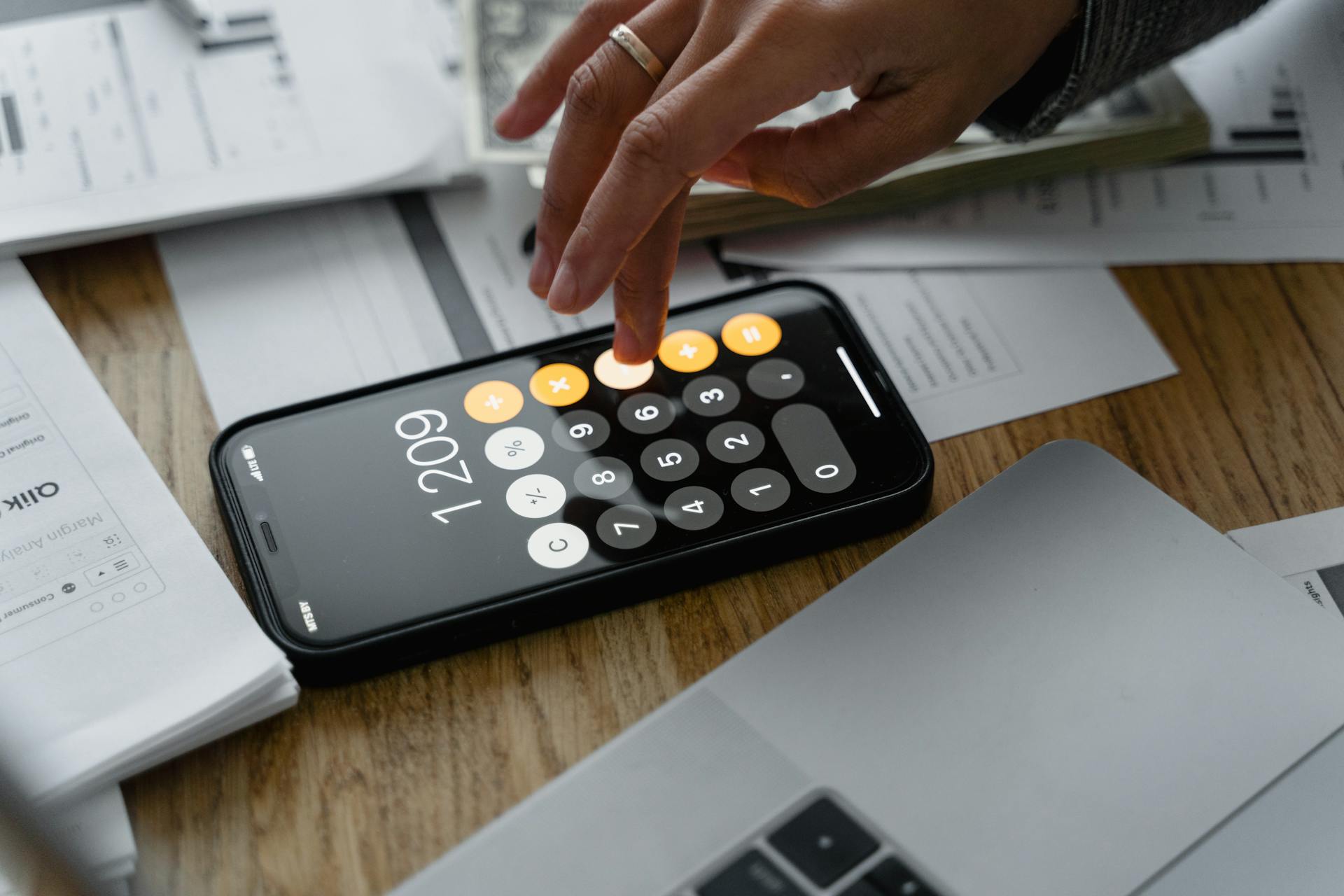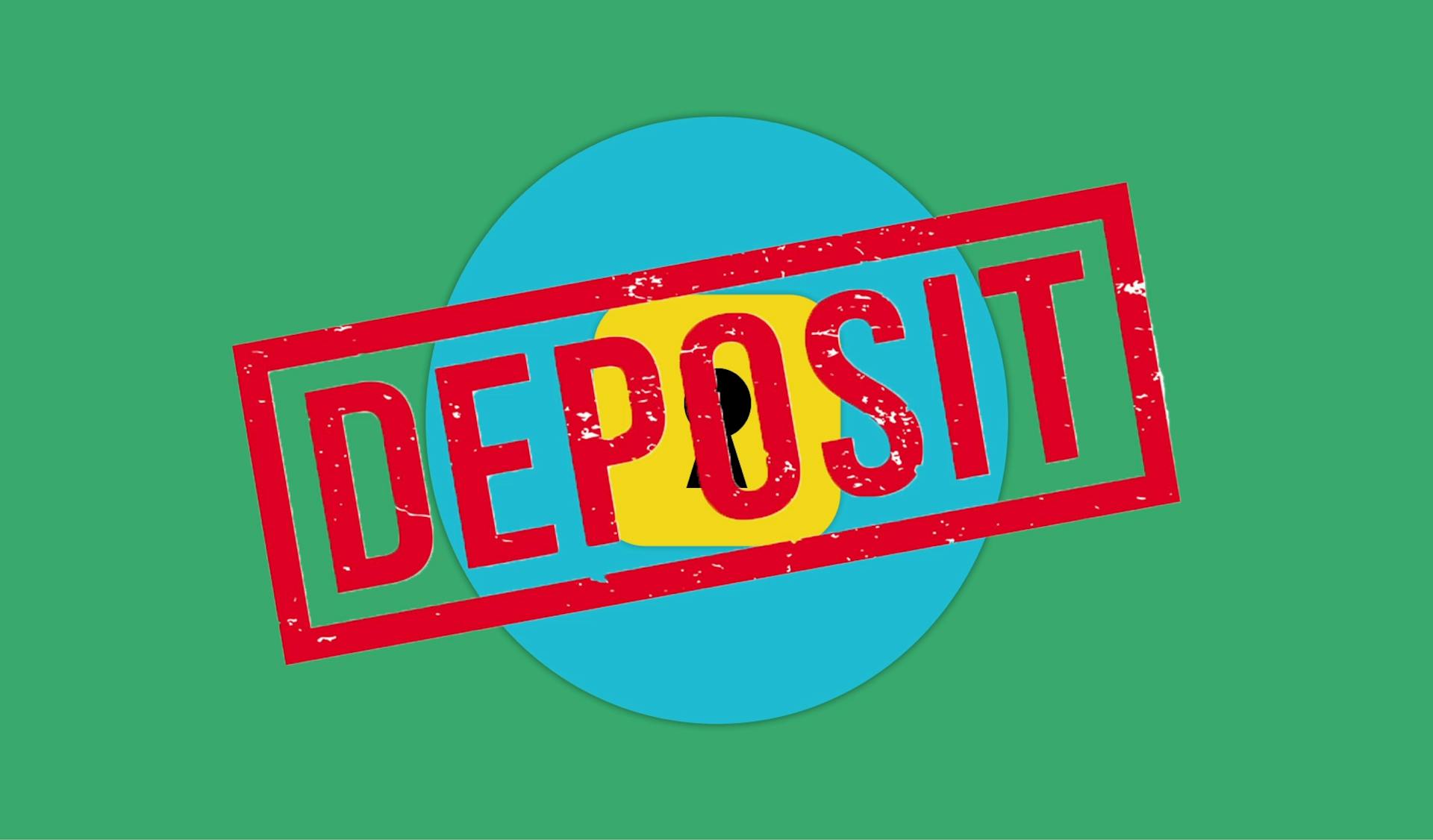
Amortize and depreciate are two accounting terms that are often used interchangeably, but they have distinct meanings.
Amortization is a process of gradually reducing the value of an intangible asset over its useful life. Intangible assets include patents, copyrights, and goodwill.
In contrast, depreciation is a process of reducing the value of a tangible asset over its useful life. Tangible assets include buildings, equipment, and vehicles.
Understanding the difference between amortize and depreciate is crucial for businesses to accurately calculate their expenses and make informed financial decisions.
Readers also liked: Depreciated Amount
What Is Amortize vs Depreciate?
Amortization and depreciation are two accounting methods used to allocate the cost of an asset over its useful life. Amortization expenses intangible assets, such as patents, copyrights, and software licenses, while depreciation expenses tangible assets, like buildings and machinery.
The IRS indicates that most intangible assets have a useful life of 15 years, whereas physical or tangible assets may have a shorter useful life. For instance, computer equipment can depreciate quickly due to rapid advancements in technology.
See what others are reading: Depreciated Assets Examples
The straight-line method is commonly used to calculate amortization, uniformly reducing an asset's value each year until its useful life is exhausted. In contrast, accelerated depreciation methods, such as the double declining balance method or sum-of-the-years' digits (SYD) method, are often used for tangible assets.
Intangible assets typically don't have any resale value at the end of their useful life, so the calculation for amortization usually doesn't incorporate a salvage value. On the other hand, tangible assets usually have some resale value, so depreciation calculations often factor in the salvage value.
Here's a summary of the key differences between amortization and depreciation:
Understanding these differences is crucial for accurate financial reporting and effective asset allocation strategies.
Accounting Basics
Amortization in accounting is a technique used to gradually write-down the cost of an intangible asset over its expected period of use or useful life. This shifts the asset to the income statement from the balance sheet.
Intangible assets, such as patents, trademarks, and internet domain names, are non-physical assets purchased or acquired. They have a useful life of at least one accounting period, except for those deemed to have an indefinite life.
The amortization period is the amount of time in which a company expects to generate revenue from an intangible asset. For example, a business with a $10,000 software license expected to end in five years would write off $2,000 per year for the next five years.
The accumulated amortization account is a contra account that offsets the balance in a related account on the balance sheet. It's tied with the intangible assets line item and is considered a contra account.
A key similarity between depreciation and amortization is that they are both recorded as expenses on the income statement. Despite their differences, both techniques are used to account for the consumption or use of assets over time.
Here's a summary of the accounting for amortization expense:
- Debit to the amortization expense account
- Credit to the accumulated amortization account
Similarly, depreciation expense is recorded as a non-cash expense, with an entry made to the depreciation expense account and a credit to the accumulated depreciation account.
The two non-cash expenses, depreciation and amortization, are reported on the cash flow statement as an add-back to the accrual-based net income. They are often consolidated for reporting purposes and can be retrieved in the footnotes section of the financial statements.
Additional reading: An Account Will Have a Credit Balance If the
What Is the Cost?
The cost of an intangible asset can be significant, like a $10,000 software license. This cost is then gradually written down over its expected period of use, a process known as amortization.
The cost of a tangible asset, on the other hand, is also significant, and it's reflected as an expense as it's systematically consumed over its estimated useful life. This is known as depreciation.
Here are some key costs associated with intangible and tangible assets:
The cost of an intangible asset can be substantial, like a $10,000 software license, and it's written down over its expected period of use.
Expense
Amortization expense is recorded as a debit to the amortization expense account and a credit to the accumulated amortization account. This means that the cost of an intangible asset is gradually written down over its useful life.
The accumulated amortization account is a contra account that offsets the balance in the intangible assets account on the balance sheet. This makes sense, as the asset is being gradually consumed over time.
Related reading: Depreciation Expense and Amortization Expense Represent
Amortization expense is often combined with depreciation expense on the income statement, and both are recorded as expenses. This is because both techniques involve writing down the cost of an asset over its useful life.
The periodic recognition of depreciation is treated as a non-cash add-back on the cash flow statement, since no real cash movement occurred in the period. This means that the cash outlay for the asset occurred when it was first purchased.
The standard accounting practice is to consolidate depreciation and amortization on the cash flow statement, but some companies may choose to recognize them separately if one is disproportionately higher than the other.
Explore further: Is Depreciation and Amortization an Operating Expense
Methods
Amortization and depreciation are often used interchangeably, but they're actually different accounting methods for spreading the cost of an asset over its useful life.
There are several methods to choose from, and the most common ones include the straight-line method, declining balance, and units of production method.
The straight-line method is a simple approach that calculates the annual depreciation expense by dividing the depreciable base by the useful life of the asset. For example, if a company purchases a patent for $100,000 with a useful life of ten years, then the annual depreciation expense would be $10,000.
The declining balance method, on the other hand, applies an amortization rate on the remaining book value to calculate the declining value of expenses. This method is also known as the reducing balance method and is often used for intangible assets. For instance, if a company purchases a patent for $2,000, the annual depreciation expense would be $1,000 in the first year, $500 in the second year, and so on.
The units of production method is used for assets that have a limited lifespan, such as a machine that will only produce a certain number of units before it needs to be replaced. This method calculates the depreciation expense based on the expected usage of the asset.
Here are the different depreciation methods in a nutshell:
Each method has its own strengths and weaknesses, and the choice of method depends on the specific asset and the company's accounting needs.
Calculation and Application
Amortization can be calculated using the straight-line method, where the total cost is divided by the number of periods, such as years, until the asset's useful life is exhausted.
The straight-line amortization formula is: (Book value – expected salvage value) / number of periods = intangible asset amortization.
For example, if a company purchases intellectual property for $20,000 and plans to sell the rights after five years for $4,000, the amortization expense would be $3,200 per year.
To calculate depreciation, the most common method is the straight-line method, which gradually reduces the carrying value of a fixed asset across its useful life assumption.
The depreciation expense formula calculates the depreciable basis by subtracting the residual value from the purchase cost, which is then divided by the useful life assumption.
Here is a summary of the main differences between amortization and depreciation:
Calculation and Application
You can calculate amortization by identifying the basic and residual value of an intangible asset, dividing the value by the years of its useful life, and recording the decrease in value each year. This process helps match the cost of intangible assets to the revenues they generate.
A fresh viewpoint: Do Trailers Depreciate in Value
To start, you need to determine the basic value, which is the amount paid for the asset, and the residual value, which is the asset's value at the end of its useful life. For intangible assets, the residual value is usually $0.
The straight-line method is a common approach to calculating amortization, where you divide the value of the asset by its useful life to determine the annual amortization expense. This method is simple and easy to understand, but it may not accurately reflect the asset's decreasing value over time.
The declining balance method, on the other hand, applies an amortization rate to the remaining book value to calculate the declining value of expenses. This method is more complex, but it can provide a more accurate picture of an asset's decreasing value.
Here's a comparison of the straight-line and declining balance methods:
The straight-line method is often used for intangible assets, such as software licenses, while the declining balance method is more suitable for tangible assets, like machinery. Ultimately, the choice of method depends on the specific asset and the company's accounting policies.
Amortization is primarily used for intangible assets, while depreciation is applied to tangible assets. By understanding the different methods and applications, you can ensure that your company's financial statements accurately reflect the value of its assets.
A fresh viewpoint: When a Company Incurs Accrued Expenses
Maximum Years

The maximum years for amortization is a key consideration for businesses, especially when it comes to calculating tax deductions.
For Section 197 intangibles, the IRS requires a 15-year useful life for tax purposes.
Businesses should note that not all intangibles acquired in a transaction can be amortized, particularly if there's no significant change in ownership or use.
You can use Form 4562 to claim deductions for amortization and depreciation.
Here's an interesting read: Accumulated Depreciation Amounts Are Shown as Deductions from the
D&A Expense Impact on Financial Statements
The depreciation and amortization (D&A) expense plays a crucial role in financial reporting by systematically allocating the cost of assets over their useful lives.
On the income statement, the D&A expense is recognized as an expense, reducing the company's net income and reflecting the consumption of assets over time. This ensures that the income statement matches expenses with the revenue generated by the assets.
The D&A expense is often embedded within either the cost of goods sold (COGS) or operating expenses (Opex) section on the income statement.
Here's a breakdown of how D&A expense impacts the financial statements:
- Income Statement: Recognized as an expense, reducing net income
- Cash Flow Statement: Treated as a non-cash add-back, increasing cash flow
- Balance Sheet: Reduces the carrying value of tangible and intangible assets
Accounting Treatment and Reporting
Amortization in accounting is used to write down the cost of an intangible asset over its expected period of use, shifting it from the balance sheet to the income statement.
The straight-line method is often used to calculate amortization expense, which is the amount of the asset's cost divided by its useful life. For example, a $10,000 software license with a five-year useful life would have an annual amortization expense of $2,000.
Intangible assets, such as patents, trademarks, and copyrights, are subject to amortization, but assets with an indefinite life, like a company's brand, are not.
Accounting Treatment Consistency
Amortization and depreciation are often used interchangeably, but they have distinct differences. On the income statement, however, both are recorded as expenses.
Intangible assets like patents, trademarks, and copyrights have a useful life and are subject to amortization. This means their cost is spread out over their expected period of use.
Amortization is typically conducted on a straight-line basis, which means the expense is evenly distributed over the asset's useful life. For example, a $10,000 software license with a five-year useful life would have a $2,000 annual amortization expense.
Broaden your view: Amortization of Prepaid Expenses
Goodwill, on the other hand, is amortized over a 10-year period. This means its cost is spread out over a decade, rather than being expensed all at once.
Businesses must perform an annual goodwill impairment test to ensure the asset's value hasn't declined. If the asset's fair value is lower than its carrying value, it's considered impaired and must be written down.
Amortization and depreciation may have different underlying principles, but on the income statement, they're treated as the same expense.
Suggestion: Depreciate in Value
What Is a Loan?
So, what is a loan? A loan is essentially a lending arrangement where a borrower receives a sum of money from a lender, with the agreement to repay the amount, plus interest, over a specified period of time.
The key aspect of a loan is that it involves a principal amount, which is the original sum borrowed, and interest, which is the cost of borrowing that amount.
Consider reading: What Is Amortizing Loan

The borrower's repayment of the loan is tracked using a loan amortization schedule, which outlines the gradual reduction of the loan principal over time.
The loan amortization schedule is influenced by various factors, such as the structure of the lending arrangement, agreed-upon terms, and the borrower's credit risk.
There are two main components to calculate loan amortization: interest expense and principal amortization.
Here are the two components:
- Interest Expense: The regular interest payments owed to the lender across the borrowing term, which decrease as the loan balance is gradually reduced.
- Principal Amortization: The repayment of the original loan provided by the lender, which can be entirely optional or mandatory, depending on the lending agreement.
The loan must be repaid in full at maturity, barring extraordinary circumstances, and the borrower's interest payment is contingent on the interest rate set by the lender and the remaining principal balance.
For more insights, see: Accrued Interest Revenue
Asset Management and Types
Tangible assets, such as property, buildings, and machinery, are capitalized and reduced by depreciation expense on the income statement. This means their value is spread out over time as they lose value due to wear and tear.
Land, however, is not permitted to be depreciated under U.S. GAAP accounting standards, as it's assumed to have an infinite life.
Intangible assets, on the other hand, are reduced by amortization for bookkeeping purposes. Examples include patents, intellectual property, and trademarks.
These intangible assets have an identifiable life, which means their value will eventually expire or become worthless.
Some common examples of intangible assets include:
- Patents
- Intellectual Property (IP)
- Copyright
- Trademarks
- Customer Lists (and Client Relationships)
- Brand Recognition
Certain assets, whether tangible or intangible, can be subject to impairment, which means their carrying values can be written down to reflect their fair value.
Sources
- https://www.diffen.com/difference/Amortization_vs_Depreciation
- https://tax.thomsonreuters.com/blog/amortization-in-accounting-101/
- https://tax.thomsonreuters.com/blog/amortization-vs-depreciation-what-are-the-differences/
- https://www.highradius.com/resources/Blog/amortization-vs-depreciation/
- https://www.wallstreetprep.com/knowledge/depreciation-vs-amortization/
Featured Images: pexels.com


